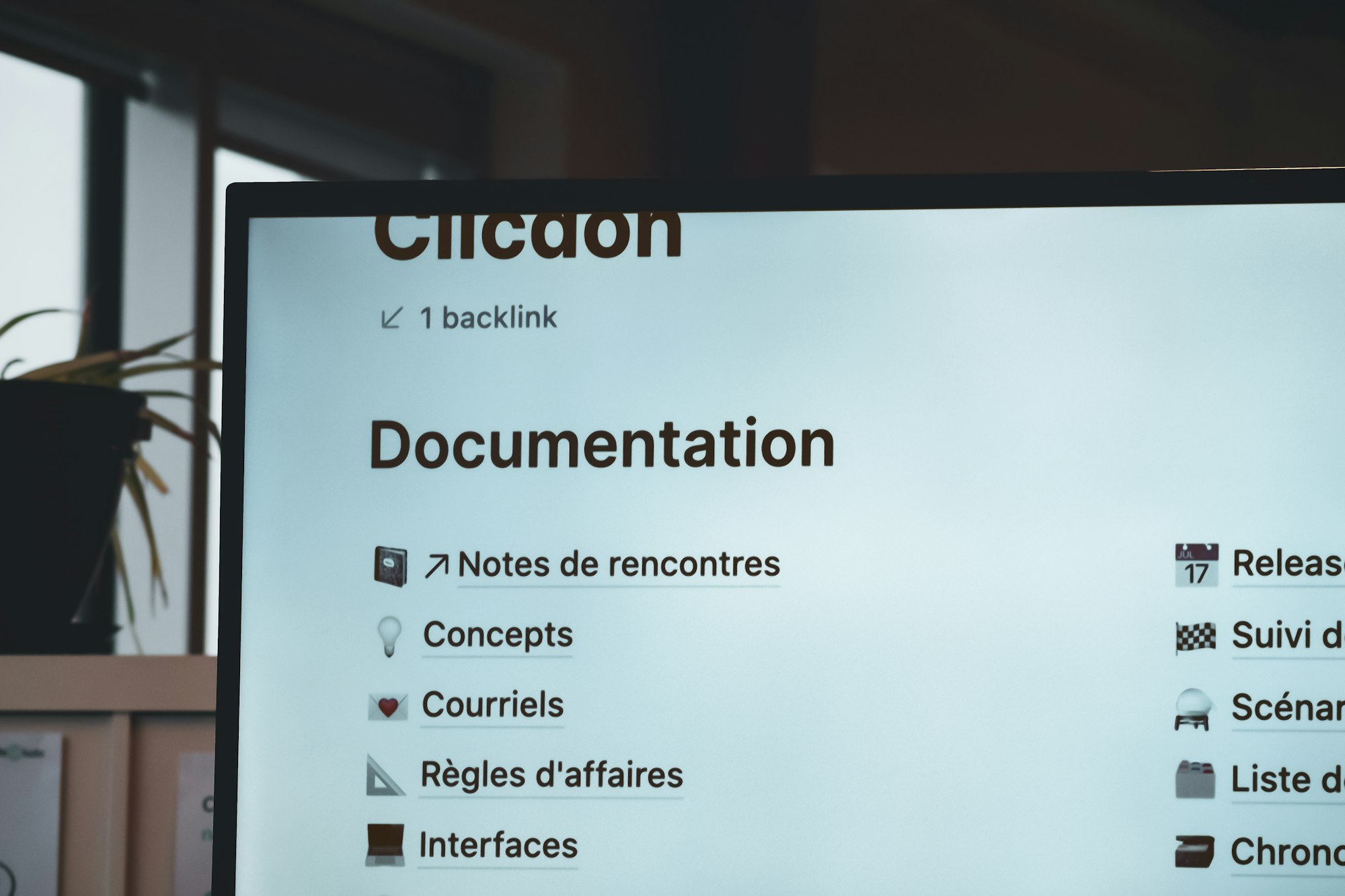The Art of Using Screenshots in Documentation: A Double-Edged Sword
Discover the pros and cons of using screenshots in documentation and learn how to effectively use them to enhance user understanding, whilst maintaining accessibility and reducing maintenance burden.

The world of documentation can be a battlefield, especially when it comes to the use of screenshots. Some swear by their utility, lending credence to the age-old adage, "a picture is worth a thousand words". Others, however, are more skeptical, viewing them as a maintenance nightmare and an accessibility hindrance.
As a digital marketing veteran, I've often debated the pros and cons of using screenshots in documentation. I've come to realize that, like any tool, it's all about how you use it.
So, let's dive into the nitty-gritty of this contentious topic.
Why screenshots could be your worst enemy
Screenshots can become a thorn in your side for several reasons:
- They can quickly become outdated, misguiding customers and eroding their trust.
- They can slow down page loading times, leading to a poor user experience.
- They can inadvertently replace step-by-step instructions, leaving users clueless about the 'why' behind a task.
- They often lack or have poor alt text, making them inaccessible for visually impaired users.
- They can lead to documentation that merely describes the user interface, rather than how to use it effectively.
But fear not, these are more implementation issues than inherent flaws. You can use screenshots effectively without falling into these pitfalls.
Why screenshots could be your best friend
Screenshots can serve several crucial purposes in your documentation:
- They can make it easier for readers to navigate through your content.
- They provide a visual reference for those not using the product simultaneously.
- When used wisely, they can clarify complex task steps.
Interestingly, the Baymard Institute found that 35% of SaaS sites don't make their service's user interface (UI) sufficiently prominent for prospects. This makes it harder for potential customers to learn more about the product. This insight is crucial when deciding whether to use screenshots in your documentation.
However, the constant UI updates in SaaS products pose a significant challenge to maintaining accurate screenshots. But don't let that deter you. There are tangible benefits to using screenshots in your documentation, provided you do it right.
The Do's and Don'ts of using screenshots
To use screenshots effectively, you need to identify their purpose in your documentation. They can be used to:
- Clarify a confusing page by adding context.
- Give users an idea of how a page looks with data.
- Guide users through a task that involves multiple pages in the UI.
However, avoid using screenshots:
- For every step in a task.
- Purely for visual appeal without any reference in the text.
Also, avoid using screenshots to support text that merely describes every element on a page. Your documentation should go beyond just describing the user interface.
The Accessibility Factor
Ensure that your screenshots are accessible. This is crucial for a diverse audience, such as a data analyst with low vision, a sales engineer working at an airport, or a sysadmin working in a rural area. Make sure that important information is not solely dependent on the image.
One way to improve image accessibility is by writing useful alt text. Microsoft's guide, "Everything you need to know to write effective alt text," is an excellent resource for this. Also, consider the image file size, as it can affect page load. Compress your images using tools like compressor.io before uploading them to your documentation.
Tools like TinySnap can be a game-changer here. This handy Chrome extension effortlessly generates stunning, optimized screenshots that can enhance your documentation. Plus, its user-friendly interface makes it a breeze to use, even for newcomers.
The Magic of Simplified Screenshots
Simplified screenshots are a wonderful way to reduce the maintenance burden. These are screenshots modified to obscure or remove irrelevant content. This way, they become outdated at the same pace as your text content, allowing for simultaneous updates.
The Bottom Line
Screenshots in documentation can be a double-edged sword. Used wisely, they can be a powerful tool, but used poorly, they can lead to a slew of problems. The key is to be intentional in their use, focusing on relevance, accessibility, and maintenance. Remember, the goal is to enhance the user's understanding, not to create a picture book. So, wield this tool with caution and care.